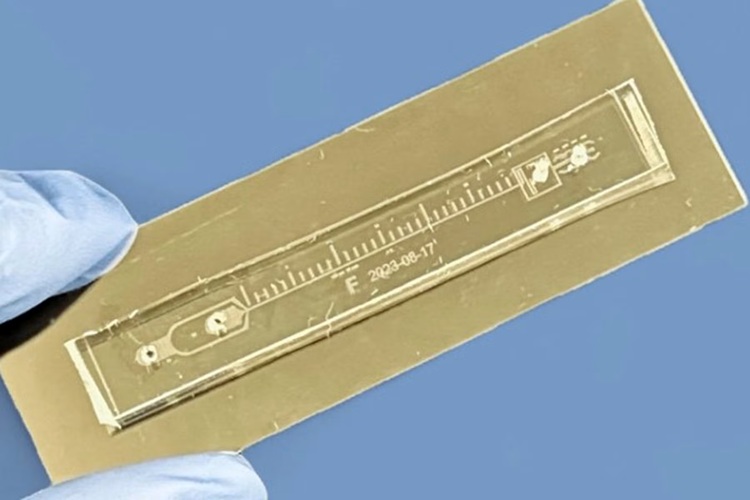New Genetic Test Enables Faster Diagnosis of Rare Diseases
Posted on 28 Nov 2025
Rare disease diagnosis often involves a long and uncertain search for the underlying genetic cause. Traditional testing requires multiple separate analyses, although many patients remain without answers. A new clinical solution now offers a faster, more complete way to uncover hereditary conditions: a single test that maps the entire genome more accurately and captures complex variants that older methods miss.
The test, developed and implemented by Radboud University Medical Center (Nijmegen, Netherlands), in collaboration with Maastricht University Medical Center+ (Maastricht, Netherlands), is based on long-read genome sequencing, which measures DNA in much larger fragments and reconstructs all six billion building blocks with significantly higher completeness than short-read approaches. Radboudumc has now begun large-scale clinical use with 5,000 tests per year, initially targeting hereditary blindness and severe intellectual disabilities.

Study findings show that long-read sequencing increases diagnostic yield by more than ten percent for some rare diseases and can detect structural variations that are difficult to identify with conventional methods. The technique also captures DNA modifications that influence gene activity, offering deeper insight into disease mechanisms. Research suggests that ongoing analysis of these full-length genomes could raise the diagnostic uplift to as high as fifteen percent. Published evidence from genomic technology studies supports its suitability and reliability for routine clinical practice.
The introduction of this test is expected to replace around fifteen separate diagnostics, reduce time to diagnosis, and help uncover new hereditary causes of disease. For families, a definitive diagnosis brings clarity, emotional relief, and improved ability to connect with others facing similar conditions. Clinicians can also better assess future reproductive risk and provide more accurate prognostic information. As long-read sequencing becomes a new clinical standard, hospitals anticipate earlier answers and more comprehensive genetic insights for thousands of patients each year.
“Long read sequencing can replace fifteen other genetic tests in clinical practice, making diagnostics faster and more efficient,” said Professor of Genomic Technologies Alexander Hoischen. “I expect this will become the new standard for genome diagnostics and the only test we’ll perform in the future.”
Related Links:
Radboud University Medical Center
Maastricht University Medical Center+




 assay.jpg)










